
Hydrogen fuel cell vehicles are the main way of hydrogen energy application. As a fuel of hydrogen, its purity and the content of impurities contained, have a significant impact on the discharge performance and life of hydrogen fuel cells. They are classified into toxic impurities (total sulfur, CO, HCHO, HCOOH, total halide, NH3) and other impurities (O2, He, N2, Ar, total hydrocarbon, CO2, H2O, particulate matter).
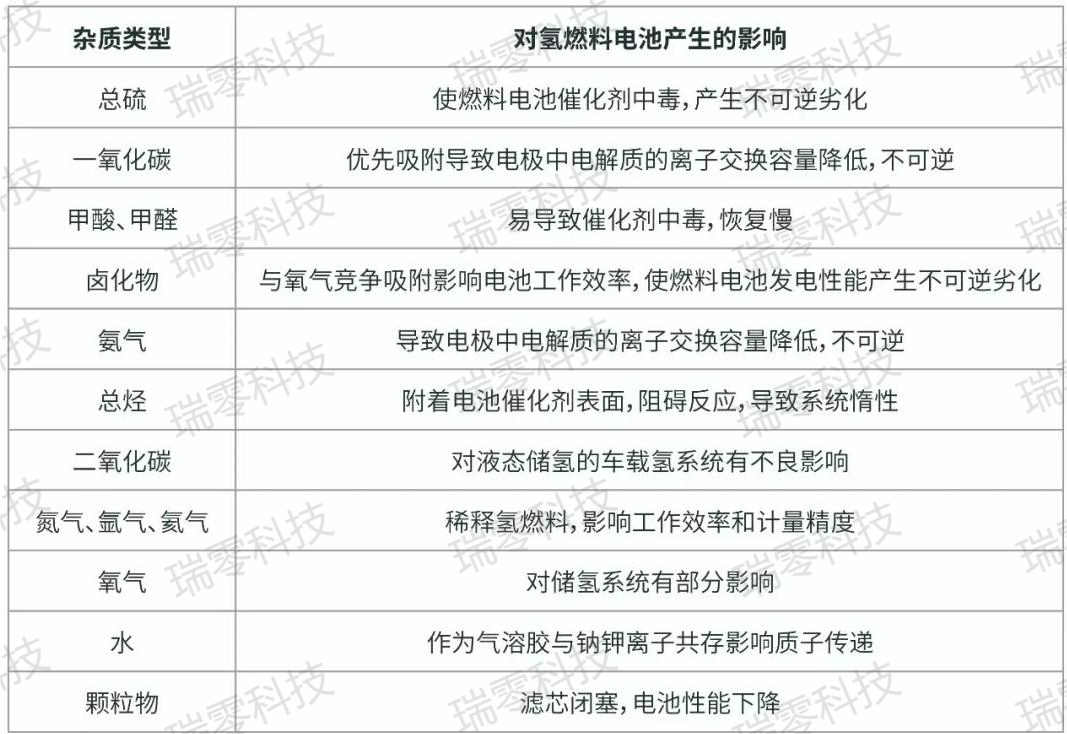
Table 1: Effect of impurities on hydrogen fuel cells
2. In order to ensure that the purity of hydrogen used in hydrogen fuel cell vehicles meets the standard requirements, Ruihua Zero Technology provides a complete 14 impurity analysis technology solutions to help with the rapid development of national hydrogen energy and achieve the ultimate carbon-free energy goal.
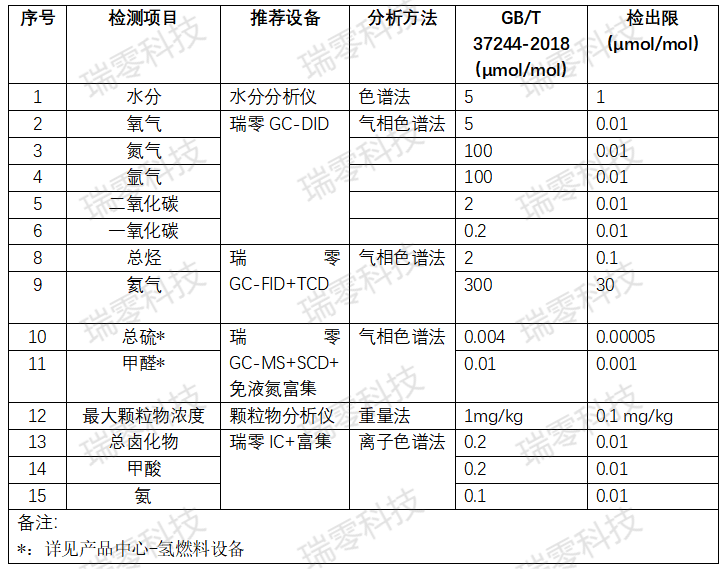
3. For the total sulfur impurities in the first part of hydrogen, total sulfur will make fuel cell catalyst poisoning, irreversible degradation, resulting in the battery cannot be used, the reference to ASTM D7652-trace hydrogen sulfide, base sulfide, methyl thiol, carbon disulfide and all hydrogen sulfur fuel gas chromatography and sulfur chemiluminescence detection, which used our sulfur chemiluminescence SCD detector and TFE CFC enrichment (see Figure 1).

Standard translation- - - - - - - - - - - -Figure 1

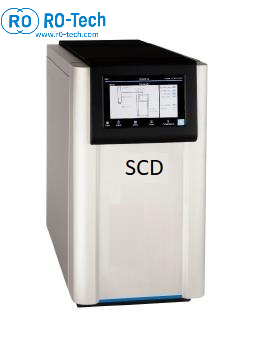
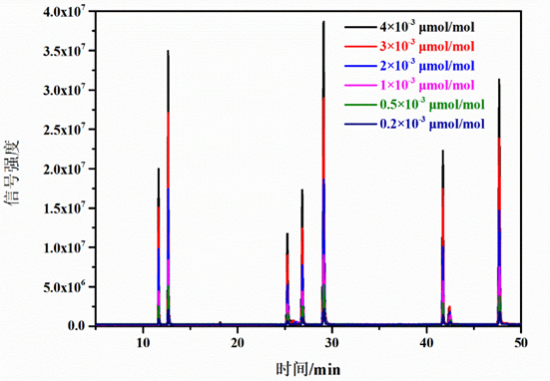
Figure 2 — Hydrogen sulfide chromatography diagram overlap
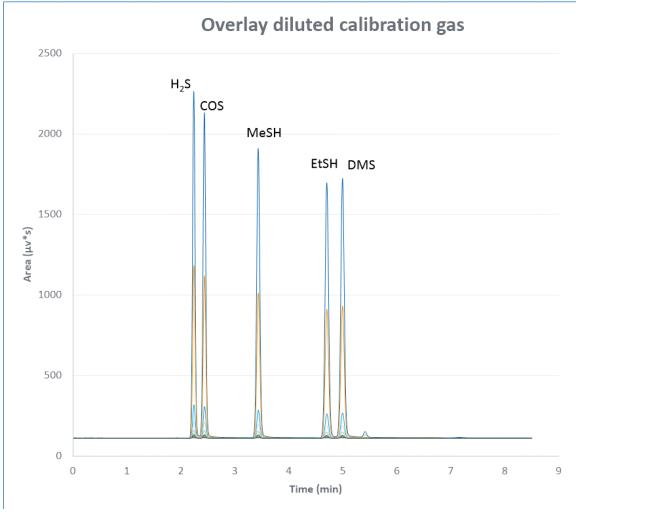
Figure 3 — Multiple sulfide chromatograms overlap
4. Hydrogen sampling bottles determine the authenticity of sampling. If ordinary bottle sampling is used, the sample will be lost during transportation, and no matter how powerful the detection means will not help.

Table 3: Hydrogen sampling bottle
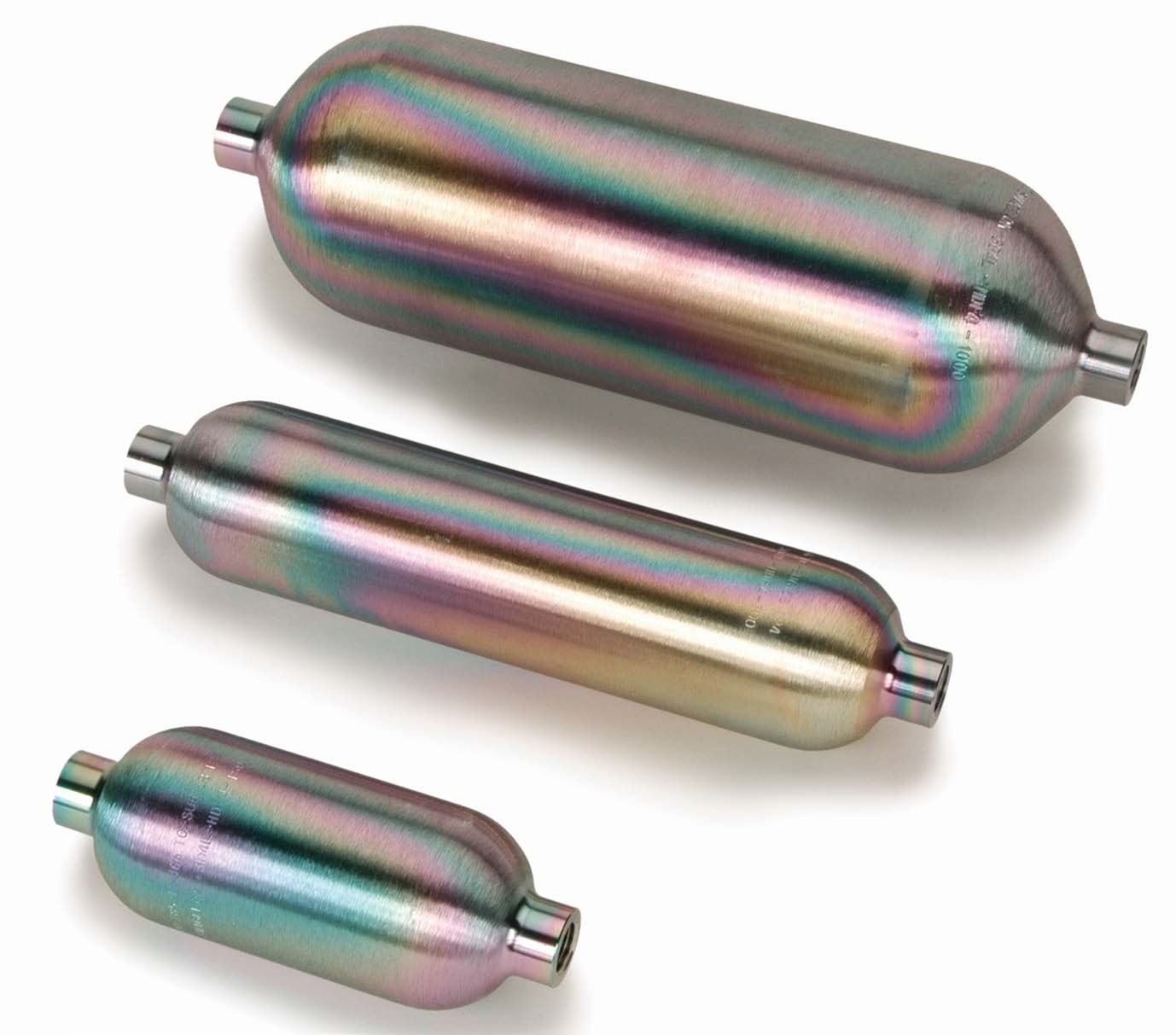
Figure 4- -High-pressure sampling bottle









